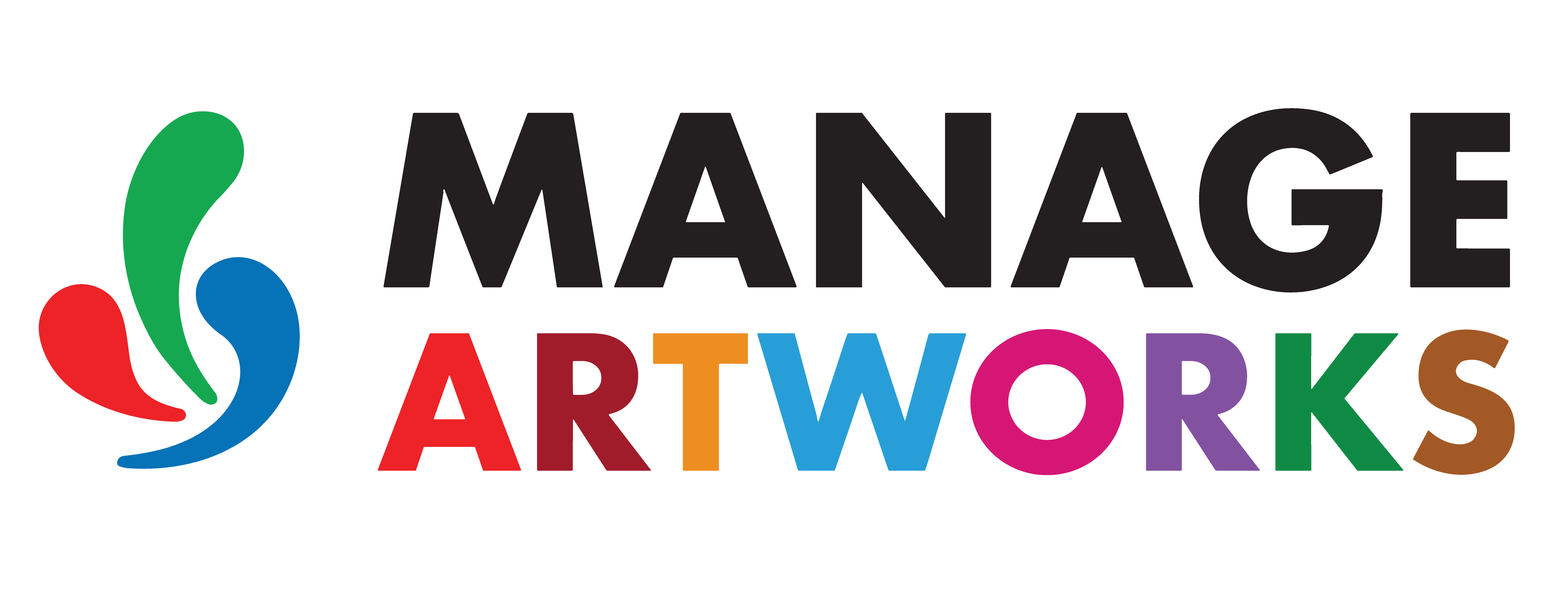Rendering PDFs Across Different Platforms
Ensuring a PDF appears identical across all systems and devices is one of the most persistent challenges in digital artwork management. Although Adobe Acrobat Reader is considered the industry’s reference viewer, not all applications interpret PDF content in exactly the same way. Subtle differences in rendering can lead to discrepancies in colours, text, and effects, potentially causing incorrect approvals during artwork proofing.
Why Rendering Differences Occur
| Area | Description |
|---|---|
| Rendering engines | Each PDF viewer — such as Adobe Acrobat, Apple Preview, Chrome’s built-in viewer, or open-source tools like MuPDF and Ghostscript — uses its own rendering engine. These engines may interpret PDF instructions (like how to layer objects, apply transparency, or render gradients) differently. |
| Font substitution and embedding | When a font is not properly embedded within the PDF, viewers substitute it with a locally available font. This can alter text spacing, line breaks, and even the overall design layout. |
| Colour profile interpretation | Different platforms use different colour management systems. ICC profiles, CMYK conversions, or gamma settings can result in noticeable differences in hue, saturation, or brightness. |
| Transparency and visual effects | Elements such as drop shadows, blend modes, and opacity masks are rendered using complex mathematical models. Some viewers simplify or flatten these effects, leading to inconsistent visual output. |
| Operating system and hardware variations | Display rendering may vary across Windows, macOS, Linux, or mobile devices due to differences in colour calibration, screen resolution, and system libraries. |
| Browser-based viewers | PDF viewers embedded in browsers (like Chrome or Edge) often prioritize performance over accuracy, sometimes skipping advanced rendering instructions or flattening layers. |
Impact on Proofing and Quality Assurance
Rendering differences can have serious implications during artwork review and approval:
- Visual inconsistencies – Logos, brand colours, or text effects may appear distorted or misaligned.
- False negatives in comparison – Automated proofing tools might detect unnecessary differences due to viewer-level variations rather than actual artwork changes.
- Incorrect approvals – Approving a file viewed in a non-standard viewer may result in unexpected print output.
- Misinterpretation of transparency layers – Key design elements like drop shadows or gradient overlays may disappear or appear incorrectly, affecting the overall design intent.
How Our Proofing Software Handles This
To ensure reliable and consistent visual results, our proofing system incorporates specialized PDF rendering libraries aligned closely with Adobe’s PostScript and PDF standards. This ensures:
- Uniform appearance across users and devices by standardizing rendering logic.
- Accurate layer and transparency interpretation, minimizing discrepancies from Adobe output.
- Detection of embedded and substituted fonts, highlighting inconsistencies before approval.
- Colour management awareness, aligning with ICC-based profiles for precise on-screen previews.
- Rendering validation tools that flag potential mismatches between design and proof views.
Best Practices for Teams
- Always review artwork using a standardized PDF viewer approved by your organization.
- Ensure fonts are embedded and colour profiles are properly defined before finalizing the artwork.
- Avoid using browser-based PDF viewers for critical review or approval.
- When comparing PDFs from different sources, ensure both were generated under similar rendering conditions.
By maintaining consistent viewing environments and leveraging our proofing platform, teams can significantly reduce visual discrepancies and ensure that what they see on screen is exactly what gets printed.
